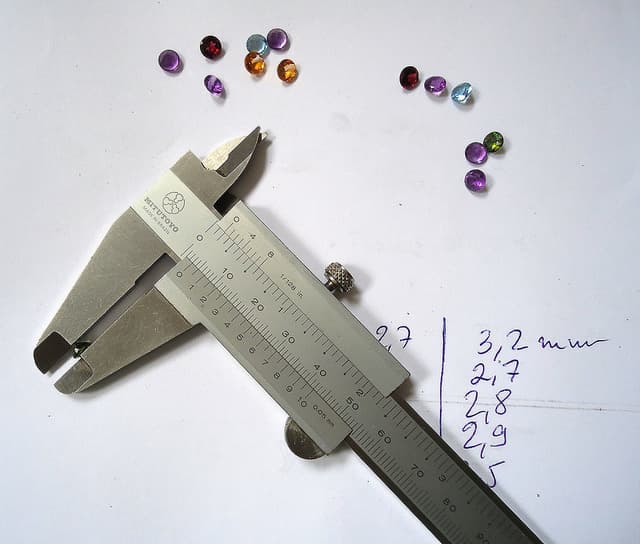Build Your Own Gemology Tools
Are you a hobbyist or professional gemologist facing high equipment costs? Read our IGS series of articles that can help you build your own gemology tools.
2 Minute Read
One of the first problems student gemologists encounter is one advanced gemologists also face: high equipment costs. The variety and prices of modern gemology tools make them almost cost prohibitive for a hobbyist or someone not willing to make the financial investment. However, as an individual gemologist, you have the option to build your own gemology tools.
The High Cost Of High-Tech Gemology Tools
Even established gemology lab centers have recently closed due to the rising costs and lower revenues facing the industry. When the American Gem Trade Association (AGTA) closed its lab in 2009, Douglas K. Hucker, President of the AGTA, said in an email sent to subscribers:
[…] But with this extended economic downturn and the expense of operating a facility in New York, the Association can no longer devote the level of resources necessary to keep the laboratory operating. Our members and clients businesses are not functioning at a level necessary to sustain the GTC [Gemological Testing Center]. In the eleven years that the GTC was in operation it attained a stellar and unassailable reputation for integrity in its reports and research. This is a great loss for the AGTA and the industry.[…]
In other words, the maintenance costs of extremely complex equipment and specialists' salaries, when compared with the financial returns, led to the closing. Anne Sasso, in her 2007 Colored Stone magazine article, "Where Will The Future Of Gemology Take Us?", noted that a single piece of high-tech equipment could cost over $700,000, not including maintenance expenses and the need for facilities with controlled atmosphere 24 hours a day.
Resources To Help You Build Your Own Gemology Tools
The individual gemologist may not need such special equipment but can still be constrained by the prices of small tools. Furthermore, some gemology tools are difficult to find for sale and may need to be built by the student. This series of articles from the International Gem Society can provide some guidance for building small but useful low-cost devices with "off-the-shelf" parts, as well as how to use some little used but effective techniques.
Getting Started
Before you starting building your own gemology tools, take this advice to heart:
- Never forget that cyanoacrylate adhesive doesn't mix with optic parts. Cyanoacrylate vapors can destroy glass surfaces. In extreme cases where it's absolutely necessary to use this substance, take a small amount (the size of the head of a pin) of the glue in a gel form, take it outdoors, and let it evaporate for 24 hours before setting up the piece. Keep a remover handy.
- Acetone and plastics do not mix. A good way to ruin equipment is to clean its plastic surfaces with acetone. However, acetone can be used as a degreaser for optical surfaces.
- Whether you want to build your own gemology tools for a hobby or for professional work, you will have to devote considerable time to the task. However, if you do want to use your tools for professional work, you should make them as perfect as you possibly can. Remember that a professional gemologist is like Caesar's wife: s/he should be above suspicion. All tools built by you must have a professional appearance.
Dr. Raul Berenguel, PhD.
Dr. Raul Berenguel holds degrees in History (Scientific Branch, 2008) and Contemporary Art (PhD, 2012) from the Universidade Aberta. He has specific expertise in the fields of history, gemology, and contemporary art. In addition, he’s also an expert in applying traditional gemological techniques to investigating art objects made from gem materials.
Related Articles
Trapiche Gems: An Introduction
An Introduction to Gemstone Inclusions
How Do Rubies and Sapphires Form?
Faceting Articles, Designs, & Pictures: Book Review
Never Stop Learning
When you join the IGS community, you get trusted diamond & gemstone information when you need it.
Get Gemology Insights
Get started with the International Gem Society’s free guide to gemstone identification. Join our weekly newsletter & get a free copy of the Gem ID Checklist!
